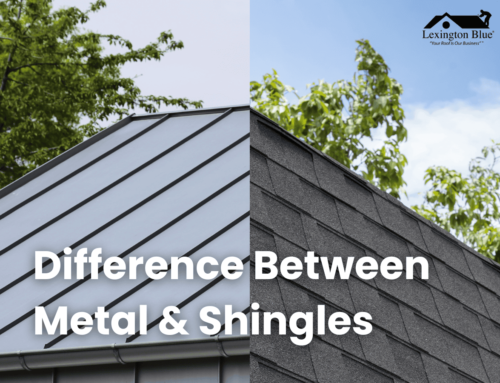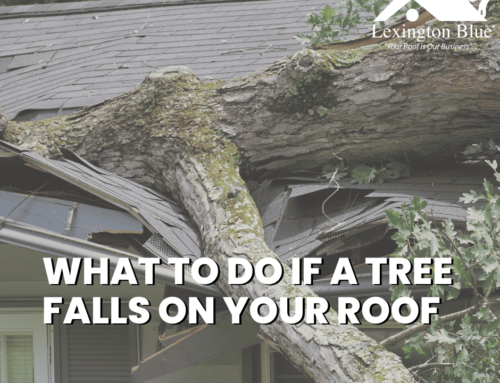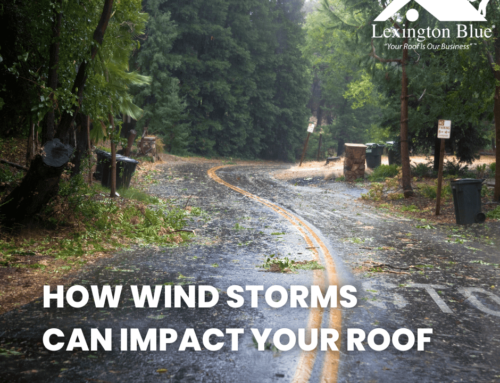Recognizing the Signs of Roofing Damage: Your Home’s Silent Cry for Help

Your roof is your home’s first line of defense against the elements, providing shelter and protection for you and your family. Over time, it can face the wear and tear of weather, age, and other factors, leading to potential damage. Recognizing the signs of roofing damage is crucial to addressing issues promptly and preventing costly repairs. In this blog post, we’ll explore the common signs of roofing damage that every homeowner should be aware of.
1. Missing or Damaged Shingles:
One of the most noticeable signs of roofing damage is missing or damaged shingles. High winds, hail, or extreme weather can cause shingles to become dislodged or cracked. If you spot shingles on the ground around your home or notice irregularities in the appearance of your roof, it’s time for a closer inspection.
2. Leaks and Water Stains:
Water is your roof’s worst enemy, and its presence inside your home is a clear indication of roofing issues. Look for water stains on your ceiling or walls, as well as signs of leaks in your attic. Addressing these problems promptly can prevent further damage to your home’s interior.
3. Sagging Roof Deck:
A sagging or uneven roof deck is a serious structural issue. It can be caused by excessive weight from accumulated snow, trapped moisture, or damage to the support structure. If you notice a sagging roof, it’s imperative to seek professional assistance immediately.
4. Granules in Gutters:
Roof shingles are coated with protective granules that deteriorate over time. If you find an excessive amount of these granules in your gutters, it’s a sign that your shingles are aging and may need replacement.
5. Damaged Flashing:
Flashing is the material that seals roof penetrations such as vents, chimneys, and skylights. Damaged or improperly installed flashing can lead to water infiltration. Inspect your flashing for signs of rust, cracks, or loose sections.
6. Algae and Mold Growth:
Algae and mold on your roof can indicate excess moisture and poor ventilation. These organisms not only detract from your home’s appearance but can also damage your roofing material over time.
7. Roof Penetrations:
Any openings in your roof, such as vents and chimneys, can be potential points of entry for water. Ensure that the flashing around these penetrations is intact and properly sealed.
8. Interior Damage:
Check your attic and ceiling for signs of moisture, such as rotting wood, mold, or water stains. These issues can indicate roof leaks and should be addressed immediately.
9. Increased Energy Bills:
If your energy bills have suddenly increased, your roof’s insulation and ventilation may be compromised, leading to heat loss. A well-maintained roof helps regulate your home’s temperature, reducing the strain on your heating and cooling systems.
10. Age of the Roof:
Finally, consider the age of your roof. Most roofing materials have a limited lifespan, and if your roof is nearing the end of its expected life, it’s essential to monitor it closely for signs of wear and tear.
In conclusion, recognizing the signs of roofing damage is vital for maintaining the integrity of your home. Regular inspections and addressing issues promptly can extend the lifespan of your roof, protect your home’s interior, and prevent costly repairs. If you notice any of these signs, it’s advisable to consult with a professional roofing contractor to assess the extent of the damage and determine the best course of action. Remember, a well-maintained roof is an investment in the long-term health of your home.















